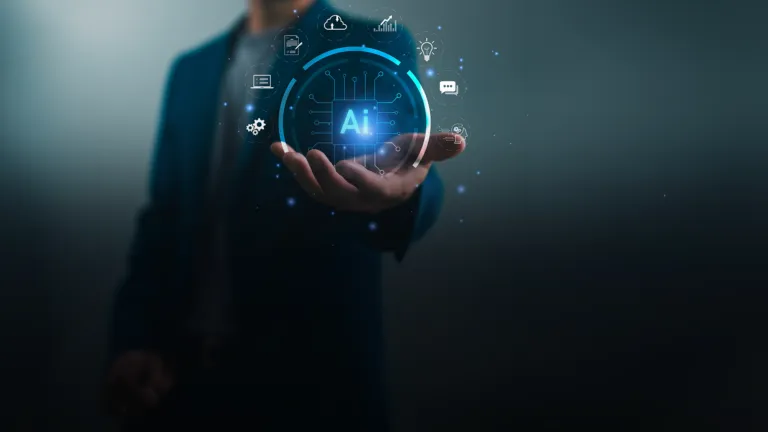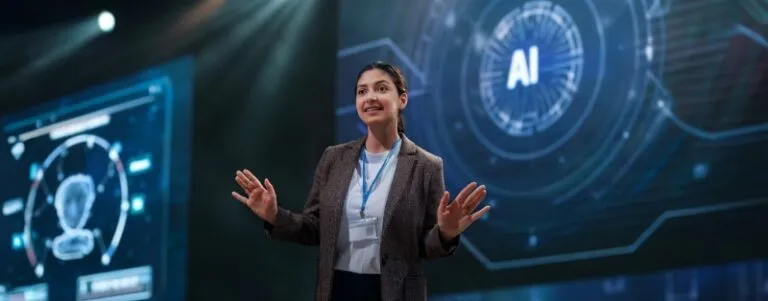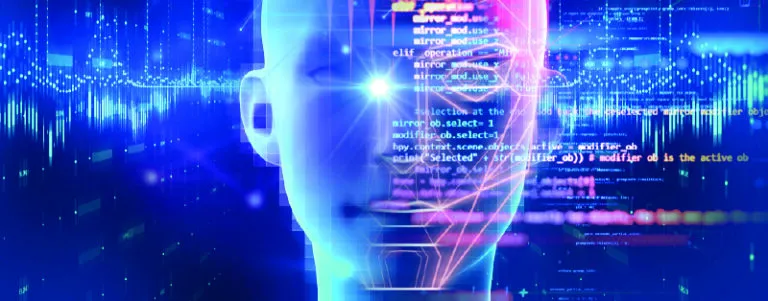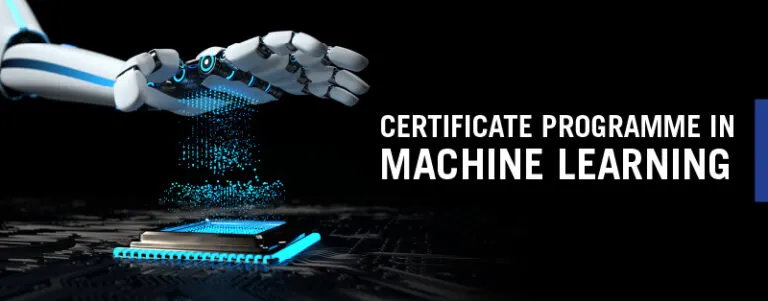How Cybernetic Cognition is Revolutionizing Human-Machine Interaction

The convergence of artificial intelligence (AI) and cybernetics marks a pivotal moment in technology, merging two disciplines that were once considered distinct. This integration has led to the development of intelligent, adaptive systems that not only mimic human cognitive processes but also incorporate the principles of control and communication central to cybernetics. As AI and cybernetics continue to evolve, they are revolutionizing human-machine interaction, establishing a new paradigm for collaboration.
Cybernetic Cognition: A Powerful Synergy
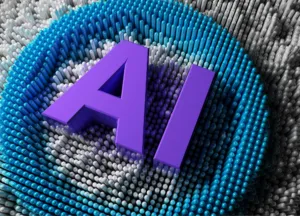
At the heart of this technological revolution is the fusion of AI’s data-driven cognitive capabilities with cybernetics’ principles of feedback and self-regulation. AI, powered by advancements in machine learning, deep learning, and neural networks, excels at processing vast amounts of data, recognizing patterns, and making informed decisions. However, traditional AI systems often struggle to adapt to dynamic environments. This is where cybernetics plays a crucial role, providing the mechanisms that allow systems to adapt to changing conditions through continuous feedback loops.
Cybernetics, as conceptualized by Norbert Wiener, focuses on the study of systems, control, and communication in both biological organisms and mechanical systems. A fundamental principle of cybernetics is the concept of feedback loops, which enable a system to monitor its behavior, process information, and adjust its actions accordingly. This capability allows biological organisms to maintain stability and achieve goals even in fluctuating external conditions.
When AI is integrated with cybernetic feedback mechanisms, the result is a powerful synergy known as cybernetic cognition. This integration enables machines to learn from data and adapt to new situations in real time, much like living organisms. The implications of this capability are vast, spanning various applications from autonomous vehicles to healthcare and finance.
Real-World Applications: Revolutionizing Industries
Autonomous Vehicles: A Case Study in Cybernetic Cognition
Autonomous vehicles provide a prime example of how AI and cybernetics work together to create advanced systems. The AI component processes real-time sensor data, identifying objects, pedestrians, and traffic conditions. Based on this information, the vehicle makes decisions regarding acceleration, braking, and steering, effectively replicating the cognitive processes of a human driver. Simultaneously, the vehicle employs cybernetic feedback mechanisms to monitor its behavior and make real-time adjustments. For instance, if the vehicle detects a deviation from its intended path, it can automatically adjust its steering and speed to correct course, ensuring both safety and stability.
Healthcare: Enhancing Diagnostics and Treatment
In the healthcare sector, the integration of AI and cybernetics has opened new frontiers for diagnosis and treatment. AI-driven diagnostic systems can analyze medical images and patient data with high accuracy, identifying potential health issues early on. Cybernetic feedback loops enable these systems to continuously refine their diagnostic accuracy based on feedback from previous cases. This dynamic adaptability ensures that the system becomes more reliable and effective with each use, leading to improved patient outcomes.
Moreover, cybernetics has been successfully applied in closed-loop control healthcare devices. For example, modern insulin pumps for diabetic patients use AI to monitor blood glucose levels and administer insulin as needed. The cybernetic feedback mechanism ensures that the device continuously adjusts the insulin dosage in response to the patient’s changing glucose levels, closely mimicking the body’s natural regulatory processes. This approach enhances patient care and reduces the burden on healthcare professionals, allowing them to focus on more complex tasks.
Expanding the Boundaries of Human-Machine Interaction

The convergence of AI and cybernetics is not just transforming machines; it is also reshaping how humans interact with them. One of the most exciting developments in this area is the advancement of human augmentation and brain-machine interfaces (BMIs). These technologies represent the cutting edge of innovation, merging the cognitive capacities of the human mind with the computational power of machines.
Brain-Machine Interfaces: A New Frontier
BMIs are opening new frontiers in human-computer collaboration. By establishing a direct communication channel between the brain and external devices, BMIs allow individuals to control machines through thought alone. This technology holds profound implications for individuals with physical disabilities, enabling them to regain control over their environment and significantly improve their quality of life. Additionally, BMIs have the potential to augment human cognitive capabilities, leading to what can be described as “augmented intelligence.” Researchers are exploring ways to use BMIs to enhance memory, learning, and problem-solving abilities, effectively expanding the boundaries of what the human mind can achieve.
The Future of Cybernetic Cognition: A New Era of Collaboration
As AI and cybernetics continue to advance, the possibilities for human-machine interaction are virtually limitless. The synergy between these two fields is creating a future where machines can replicate and enhance human cognitive processes, resulting in smarter, more adaptable systems. These systems have the potential to revolutionize industries, from autonomous systems and healthcare to finance and beyond.
The integration of AI and cybernetic principles represents a harmonious fusion of intelligence and adaptability, offering a glimpse into a future where machines and humans collaborate in ways that were once the domain of science fiction. As we continue to bridge the gap between minds and machines, the potential for innovation and transformation is boundless. The convergence of AI and cybernetics is not just a technological evolution but a revolution that is fundamentally reshaping how we interact with the world and each other.
NOTE: The views expressed in this article are those of the author and not of Emeritus.




